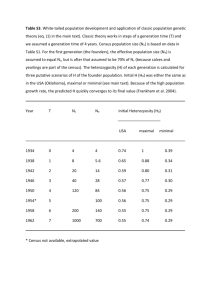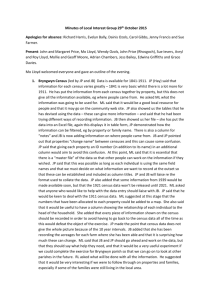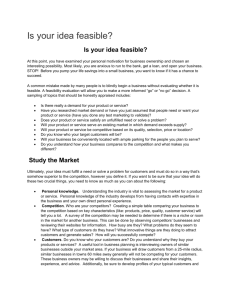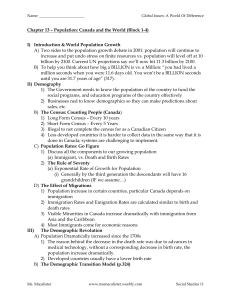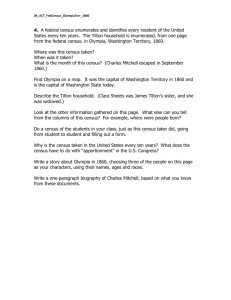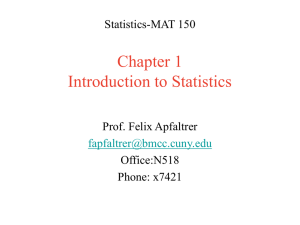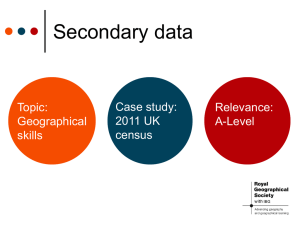Measuring Population Aim-to know the statistics used to measure
advertisement
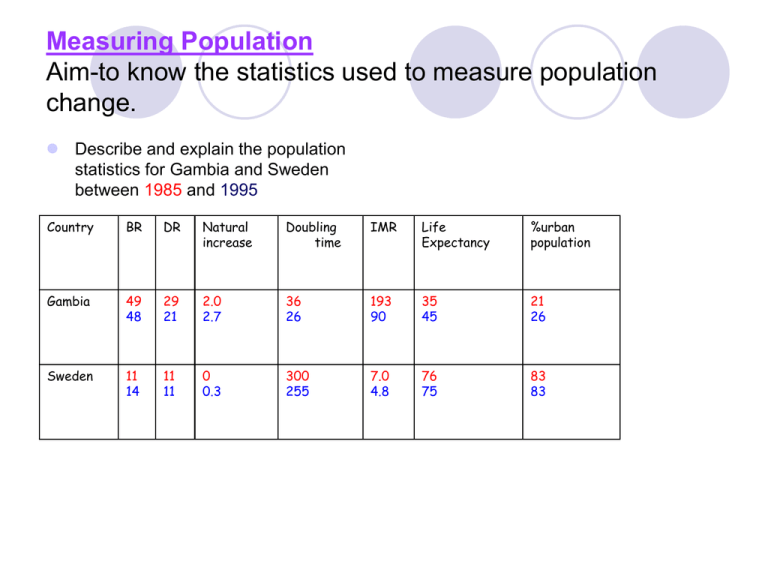
Measuring Population Aim-to know the statistics used to measure population change. Describe and explain the population statistics for Gambia and Sweden between 1985 and 1995 Country BR DR Natural increase Doubling time IMR Life Expectancy %urban population Gambia 49 48 29 21 2.0 2.7 36 26 193 90 35 45 21 26 Sweden 11 14 11 11 0 0.3 300 255 7.0 4.8 76 75 83 83 Measuring Population Aim-to know the statistics used to measure population change. Your answer should include quoted figures and explanation. For Gambia; Changes include; improvements in sanitation, healthcare and diet this has resulted in the declining DR and IMR. Family planning is still not a priority or has not had a chance to succeed, since there is no significant change in the BR. For Sweden- No significant changes except for BR, and its knock on effects. The increase in BR may be due to government incentives to encourage women to have more children. Exactly what is expected for a stable country in stage four of the demographic transition. The Census Aim- to understand the benefits of a properly conducted census and the problems LEDCs face trying to conduct one. It's important for countries to have an accurate population figure. Governments need to know not just how many people there are but how old they are, where they live and the kind of work they're doing. This helps governments to plan health and education services, future housing needs and so on. Most use a census (usually every 10 years) to count their population. Each country faces different challenges in collecting this data and the quality of the results varies - some countries have no data. Many countries find the cost of carrying out an effective census is beyond them. Problems associated with collecting census information vary and can be more or less severe. They may include: •the size of a country •the wealth of the country – poor countries can't afford the public expenditure difficulties getting to some parts because of: •the terrain – mountainous areas, poor roads or no roads •the climate – rainy seasons frequently hinder movement •wars – within one country or with another disrupt normal life •communication – in some countries a number of different languages are spoken literacy – people who can't read or write will not fill in forms without help The Census Aim- to understand the benefits of a properly conducted census and the problems LEDCs face trying to conduct one. “ The information collected from a census Is crucial for effective planning, but not all Countries are in a position to collect this Information. (a) Describe the benefits which would be gained from a properly taken census. 8 marks (b) Explain, with the help of some examples, why some countries find it difficult to take a census. 12 marks
